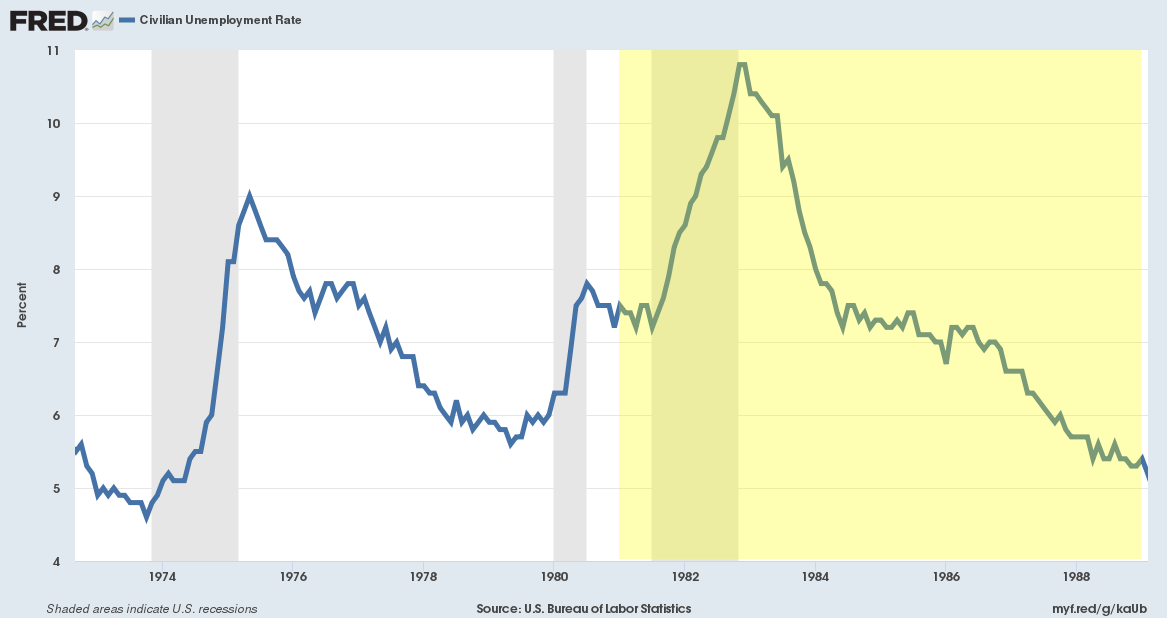Day 14
Public Opinion: Polling
Learning Targets: Students will be able to....
- Explain how public opinion data that can impact elections and policy debates is affected by such scientific polling types and methods as:
- Type of poll (opinion polls, benchmark or tracking polls, entrance and exit polls)
- Sampling techniques, identification of respondents, mass survey or focus group, sampling error
- Type and format of questions
- Describe the relationship between scientific polling and elections and policy debates is affected by the:
- Importance of public opinion as a source of political influence in a given election or policy debate
- Reliability and veracity of public opinion data
When people note that more and more voters are cutting their landline phones and that more and more people are refusing to pick up phone calls from numbers they don't know, they are identifying problems that the polling industry has long struggled with and continue to try to adapt to.
-Kristen Soltis Anderson, 35 year old conservative writer and journalist
Opener: Quickwrite - 3 minutes
Physicians often make life or death decisions about medical treatment based on the testing of just a few drops of blood. Politicians often pin their entire career ambitions based on the outcome of a survey of just 1,000 voters.
What are two critical considerations in both of these scenarios when experts examine these samples?
Activity #1: Polling - Mini-lecture
- Polls
- Opinion Poll
- Tracking Poll
- Benchmark Poll
- Exit Poll
- Sampling
- Probability sampling is the basis for most survey research.
- If selected correctly, a randomly selected small sample of a population of people can represent the attitudes, opinions, or projected behavior of all of the people.
- The fundamental goal of a survey is reliability (to come up with the same results that would have been obtained had every member of a population been interviewed)
- Sampling error
- Selecting a Random Sample
- Considerations of geography
- Methodology
- Random vs. Representative
- Mail, landline, cell phone, email, online advert to take poll
- Demographics - Compared to census data
- Age
- Education
- Occupation
- Income
- Race
- Gender
- Voter registration status
Activity #2: - Pollin' Probs - Worktime
With a partner, analyze each of the following polling questions and identify any potential problem(s) with each. Record these problems or questions in your notebook.
1. A random anonymous telephone survey of 2,112 people asked, “Do you support or oppose the the President meeting with North Korean leader Kim Jong Un?” The answer choices were support or oppose.
2. A survey of 1,229 people exiting a local Wal-Mart asked, “Do you approve or disapprove of how Congress is handling the economy?” The answer choices were approve or disapprove.
3. A random online survey of 850 people asked, “How likely are you to vote in the 2020 primary election?” The answer choices were very likely, likely, unlikely, not very likely.
4. An online survey of 1,273 people asked, “Do you approve or disapprove of the legalization of marijuana?” The answer choices were: approve, disapprove, no opinion
5. A random telephone survey of 1,333 people asked, “What should be done to improve healthcare?”
6. A mail-in survey of 1,266 people asked, “Which party to you more closely identify with?” The answer choices were: Democrat or Republican
7. A random telephone survey of 1,319 people asked, “Don’t you agree that police officers in Kansas City are underpaid?” The answer choices were: Agree, Disagree, No Opinion
8. A survey advertised on Instafacechatweet of 1,285 people asked, “Do you favor lowering the drinking age to 18?” The answer choices were: Strongly favor, Favor, No Opinion, Oppose, Strongly Oppose
9. A random telephone survey of 1470 people in Kansas City asked, “Do you support the return of voting rights to people convicted of violent felonies?” The answer choices were: Strongly support, Support, No Opinion, Oppose, Strongly Oppose.
10. An online poll asked people if the death penalty should be repealed. There were 2,385 responses. The answer choices were: Repeal the death penalty, Keep the death penalty
2B - https://docs.google.com/forms/d/1ig48R_3M4yHilvJ2Jdb_lsjfRxysFNPycBllh8u70Uc/edit?usp=sharing
3B -
4B -
1A -
2A -
3A -
Close - N-50 - Public Opinion
LD - Data collected to measure the political opinions of private citizens regarding events and issues that influence which issues government officials choose to address.
SD -
Examples -
Non-Examples -
Related Terms -












